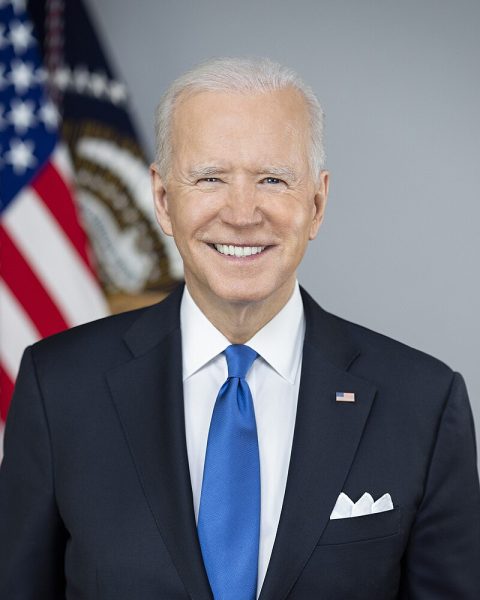As middle class falls, crime rises in Latin America
According to the Pew Research Center, the crime rate has fallen in the United States over the past 25 years. However, while rates of violent crime have dropped in the United States, they have stayed high in Latin America. With just eight percent of the world’s population, Latin America accounts for 33 percent of the world’s murders according to the Igarapé Institute. This violence has caused much human suffering in Latin America, creating a desire to migrate out of the countries in search of a better life.
“The middle class is the key to evaluate which society will have violence or not,” said Professor of Political Science George Guo. “If you have a society with very little middle class, only rich people and poor people, you have trouble. Latin America, generally speaking, the middle class is 10 to 20 percent, so there are no people to mediate the conflicts between the rich and the poor.”
Because of the small middle class in Latin America, rates of violence stay high, which has also contributed large rates of migration from Latin America. The immigration from those countries has created a lot of political tensions in the United States as many people do not wish to welcome the migrants.
“The economy is really bad, that’s why they are trying to move over here because they think they have better chances here,” said Junior Librado Sosa, vice president of Hispanos Unidos de Guilford. “Over there, the only people getting money other than the rich, are the cartels.”
Because of the link between the poor economy and high rates of violence, it is argued that the United States should help Latin American countries.
“The U.S. does provide money to many Latin American countries to ensure its influence in the region,” said Guo. “Latin America as the backyard of the U.S., the U.S. is concerned more with its political influence in the region than the economic development of Latin America and the growth of its middle class. Thus, the U.S. has made the limited effort to contain the political violence in Latin America.”
Putting more effort into developing a stronger middle class in Latin American countries seems to be the most effective way to curb the high rates of violence and solve the immigration problem in the United States. In fact, according to the Washington Post, the murder rate in Colombia fell from dramatically from 70 per 100,000 people in 1995 to 26.5 per 100,000 in 2015, due to a national effort to combat cartels and guerrillas backed by military, financial and intelligence support from the United States.
“Our foreign policy agenda tends to provoke a lot of internal violence in countries in Latin America and Central America,” said Christian Matheis, visiting assistant professor of Justice Policy Studies. “Ideally, I think we should help those countries in working out their own problems, but not interfere in setting the agenda for what that solution looks like.”








